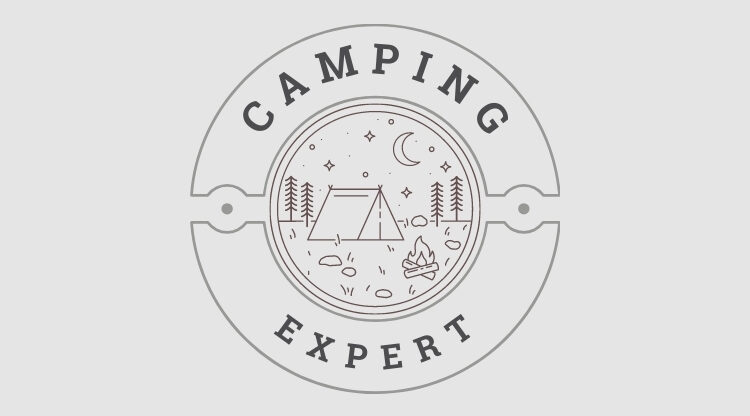Hypothermia is a condition brought about by a drop in the surrounding temperature which causes the body’s temperature to fall sharply. It is important at this stage to note that Hypothermia does not just kill in the winter or in extremely cold conditions but that it also kills – and surprisingly causes more deaths – in the spring, summer and autumn months.
The body will naturally try to ward off Hypothermia by restricting the flow of blood to the skin to reduce heat loss as well as shivering and the releasing of hormones to try and generate body heat.
The Symptoms of Hypothermia
There are three stages the body goes through when Hypothermia is present, they are outlined below.
Mild Hypothermia
Mild Hypothermia is characterised by bouts of uncontrollable shivering and periods of what appears to be confused thinking. The sufferer may be unable to focus and may suffer from what manifests itself as temporary memory loss; he or she may not be aware of their surroundings.
Moderate Hypothermia
When an individual is suffering from moderate Hypothermia their body will shiver uncontrollably on a more persistent basis whereas with the aforementioned Mild Hypothermia the shivering comes and goes. They will also suffer from a shortness and shallowness of breath which is accompanied by a slow threaded pulse. More often than not they will be unable to concentrate and will be unaware of their surroundings.
Severe Hypothermia
The signs of severe Hypothermia setting in are when the shivering stops and the sufferer lapses into what is best described as a coma. They will not be conscious and their body temperature will have dropped to dangerously low proportions. In addition their pulse will be difficult to register and it is at this point that medical attention is critical.
Hypothermia is experience not only outdoors but indoors as well and can be experienced by people of all ages. It is worth mentioning that during the spring, summer and autumn months when the night time temperature is considerably lower than the daytime temperature, the risks of Hypothermia are greatly increased. During the winter months the temperatures between night and day are usually only decreased by a few degrees.
What to do in the Event of Hypothermia
If you suspect a member of your party is suffering from Hypothermia the first thing you should do is make contact with the Emergency services. It is for this reason it is always recommended that a mobile telephone with a good signal strength or hand-held radio is always one of the key components of any equipment. Replacing any wet clothes with warm clothes is a must and should be done as soon as possible. If necessary huddle together in groups to keep each other warm whilst waiting for help to arrive.
If you are planning to mountaineer or hike whilst on holiday it is a worthwhile endeavour to avoid alcohol the previous night as it has been proven that those individuals who drink alcohol can be more at risk of suffering from Hypothermia than those who do not.
How to Reduce the Risk of Hypothermia
If you are going to mountaineer or hike you should wear the correct clothing. Do not wear flimsy or thin attire; the thicker the layers of clothing the greater your chances of keeping out the cold. Make sure that you and the other members of your party have plenty of fluids to hand (but not alcohol) as well as sugary snacks; these will provide the body with energy. In addition it is recommended that where possible you keep the body moving. This is best achieved by stamping on the spot or jumping up and down; unless absolutely necessary do not stand still or lay down unless you have sufficient covering.
